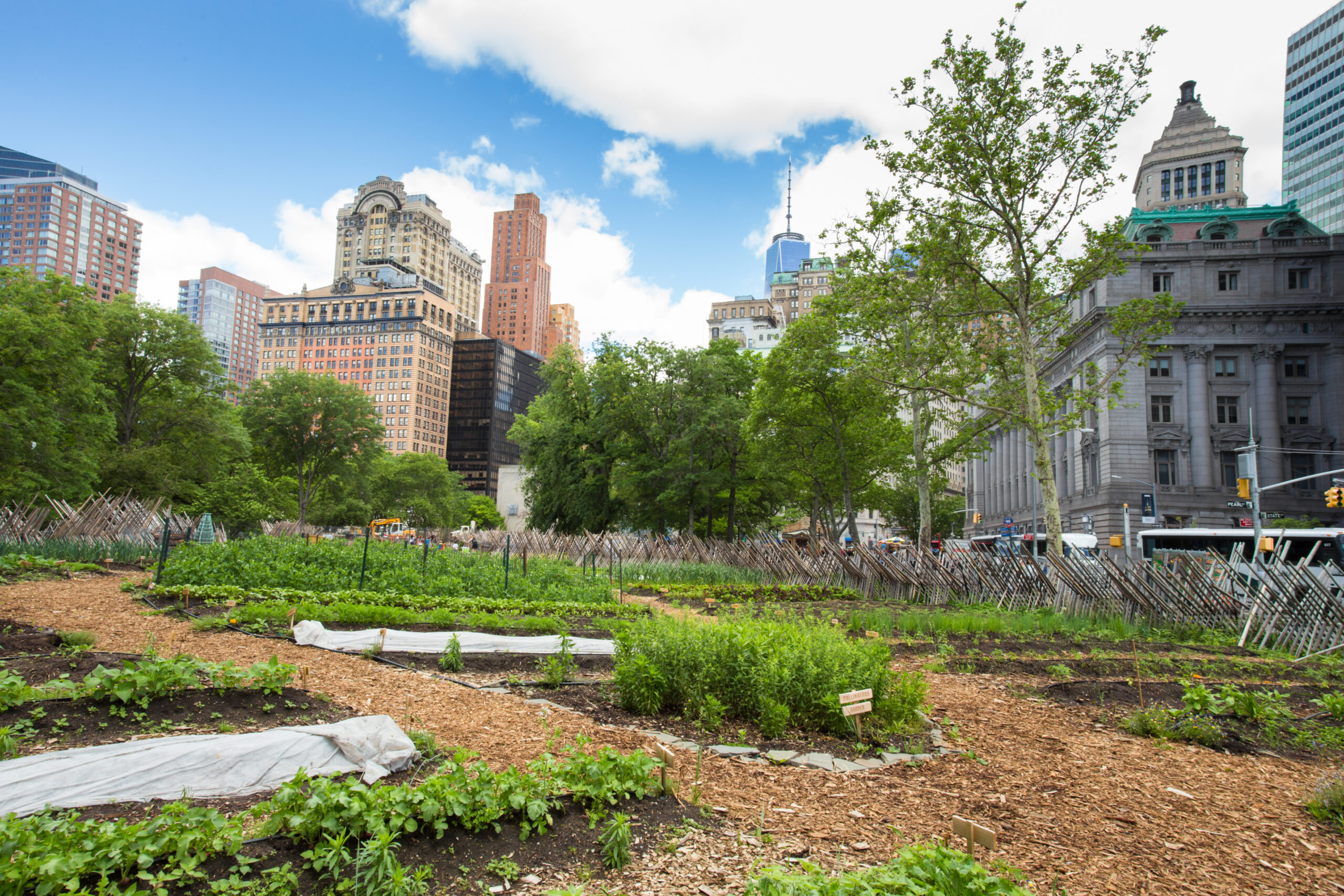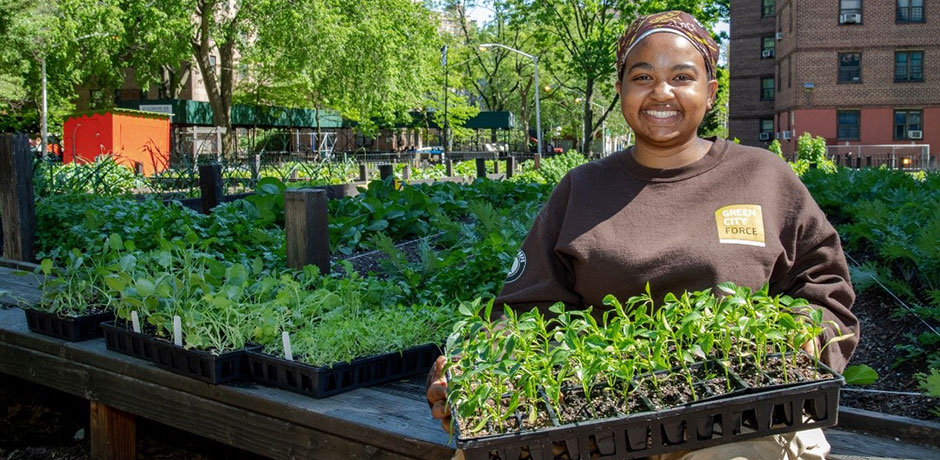The Definitive Guide to City Blooming
The Definitive Guide to City Blooming
Blog Article
Getting My City Blooming To Work
Table of ContentsNot known Details About City Blooming The Ultimate Guide To City BloomingSome Known Facts About City Blooming.3 Simple Techniques For City BloomingGetting My City Blooming To Work
Intrigued in growing food for sale in the City of Chicago? Below is a checklist of frequently asked concerns concerning the regulations and policies that farmers must think about when preparing a city agriculture job.
The zoning change does not change any various other codes handling composting, structure authorizations, purchasing or leasing City had residential property, service licenses or ecological contamination. There are existing codes that control these concerns and they continue to be completely result and might be relevant to your job. Neighborhood yards are normally possessed or managed by public entities, civic organizations or community-based organizations and kept by volunteers.
Urban farms grow food that is meant to be offered, either on a nonprofit or for-profit basis. Due to their industrial objective, urban farms require a service license.
City Blooming for Beginners
The quantity of compost material can not go beyond 25 cubic yards at any type of given time according to the requirements in 7-28-715 of the City's Municipal Code. Due to the fact that the soil at a lot of brand-new yard websites requires amending, compost, dirt, timber chips, or various other materials can be obtained to build or enhance the expanding space.

If a structure license is needed then the hoophouse will be taken into consideration an accessory building. You can learn more concerning the building permit demands by getting in touch with the Division of Structures. The 25,000-square-foot size limitation is meant to stop a solitary community yard from controling an offered block or interfering with the block's existing household or commercial character.
The limit does not put on gardens found in Public Open Area (POS) districts. Can there be more than one area yard that is 25,000 square feet on a single block? Yes. The dimension limitation applies to private yards, not to individual blocks. No. Fencing is not needed, nonetheless, yards that have big auto parking areas might be needed to mount fencing or various other landscape design features.
The Ultimate Guide To City Blooming
B1 & B2 districts require that all business usage tasks be performed inside your home. Is fencing required for metropolitan farms? Fencings might be called for, along with landscaping and testing, for particular car park locations and exterior work or storage space locations depending on location and the certain activity taking area.
Urban farms call for building authorizations and zoning authorizations prior to construction (balcony and patio garden design). Other kinds of city review might be required depending on particular frameworks, activities, dimension, landscaping, licensing, public heath and stormwater management concerns.
The Division of Company Matters and Customer Protection can help establish the certain kind of service license that's needed. Off street car parking is needed for the majority of commercial projects in Chicago. The needed number of car park spaces is based on the number of workers working on website and not the square video of the growing space.
About City Blooming

A metropolitan ranch can offer compost material created on website, nonetheless, the procedure must comply with the guidelines in 7-28-715 of the Chicago Municipal Code. Aquaponic systems are enabled inside on urban ranches in numerous zoning districts.
Approximately five hives or nests of honey bees may be kept as an accessory use. However, beekeepers need to sign up with the Illinois Department of Farming. For more details concerning the recommended zoning change you might call the Department of Housing and Economic Development, Bureau of Preparation and Zoning at 312.744.8563.
Farming in cities and city areas A metropolitan ranch in Chicago. Urban farming refers official site to various techniques of cultivating. https://www.storeboard.com/cityblooming, processing, and distributing food in city locations. The term additionally puts on the location activities of pet husbandry, aquaculture, beekeeping, and cultivation in a metropolitan context. Urban agriculture is differentiated from peri-urban farming, which occurs in country areas beside suburban areas.
The Of City Blooming
, that seek to create social networks established on a common ethos of nature and neighborhood holism. These networks can create by method of formal institutional assistance, ending up being incorporated into neighborhood town preparation as a "transition community" movement for lasting metropolitan growth.
Some of the first evidence of metropolitan agriculture comes from Mesopotamia.
Report this page